If your child likes to do winter sports or spend a lot of time outdoors during the winter, they may be at risk for contracting frostbite or frostnip. While anyone can get frostbite or frostnip, children are at a greater risk than adults because they lose heat from their skin faster and they often don’t want to stop having fun outdoors to go inside and warm up. Below, we outline the difference between frostbite and frostnip, and explain how to spot and treat each condition.
What is frostnip?
Frostnip is the stage before frostbite. It happens when skin is exposed to extreme cold for a long period of time. When it’s cold out, the body limits blood flow to the extremities to conserve heat. As a result, the tissues can become very cold and numb.
Frostnip usually affects the areas of skin that are exposed to the cold, like cheeks, noses, ears, fingers and toes. If allowed to escalate, it can develop into frostbite.
You can get frostnip if your clothes aren’t warm enough or if they don’t protect against wind, rain and snow. Prolonged exposure to an ice pack or other frozen products can also cause frostnip.
What are the signs of frostnip?
While frostnip is much milder than frostbite, it’s important to know the symptoms so you can stop it from progressing into frostbite. Frostnip generally irritates the skin. The affected area may sting, prickle or burn and will feel extremely cold or numb. The skin may become red, white or yellowish, and will feel pliable and soft.
How do I treat frostnip?
If you suspect your child has frostnip, bring them indoors immediately. Then:
- Remove any wet clothing and replace with warm, dry clothing.
- Gradually warm the skin up by placing chilled parts of the body in warm water for 20-30 minutes, until sensation returns. You can also use your body heat to rewarm cold areas if you don’t have access to water.
- Do not use heating pads, stoves, fireplaces or radiators to warm the skin. Because the area may be numb, these methods of warming may cause burns.
- If your child can, they should move the affected area (fingers or toes) as it rewarms. They will probably feel tingling or burning as the skin rewarms, and you may see an increase in redness. This is normal.
- Once the skin has been warmed, apply aloe vera gel to the affected area two to three times per day to reduce inflammation and discomfort.
What is frostbite?
Frostbite is an injury that is caused when the skin and underlying tissues freeze. Serious frostbite can reach the muscles and even bones. It’s a treatable but potentially serious condition.
You’re more likely to get frostbite if you don’t dress properly for cold, windy or wet weather, or you wear clothes that are too tight in those conditions.
How soon frostbite happens depends on how cold and windy it is outside. In very cold weather it can happen in just 5 minutes.
What are the signs of frostbite?
Symptoms of frostbite depend on how far it’s progressed. There are three stages:
- Early stage frostbite: the skin turns pale yellow or white and may itch, sting, burn or feel like “pins and needles.”
- Intermediate stage frostbite: the skin becomes hard and looks shiny or waxy. When it thaws, blisters filled with fluid or blood will form.
- Advanced stage frostbite: the skin is very hard and cold to the touch. It will darken quickly and may look blue or black. As the frostbite gets worse, you won’t be able to feel the area anymore.
How do I treat frostbite?
If you think your child has frostbite, bring them inside immediately and call your doctor or take them to the emergency department. If you can’t get to a hospital right away:
- Soak affected areas in warm water or place a warm washcloth on areas that can’t be submerged. If warm water is not available, wrap your child in warm blankets or use your body heat to warm the affected area.
- Do not rub your child’s skin — if it’s frozen, rubbing could damage the skin.
- Do not place affected areas in hot water, or use heating pads, stoves, fireplaces or radiators to warm the skin. The skin may be numb and will burn easily.
- As the skin thaws, it may get red, blister and feel tingly. This is normal.
How to prevent frostbite and frostnip
The following cold-weather tips can help prevent frostbite and frostnip:
- Layer clothing loosely. Tight clothing increases the risk of frostbite. Ideally, you want three layers. The first layer should be made of a material that keeps you dry. The second layer should be an insulator like wool or fleece. The final layer should protect against wind and water.
- Don’t forget about hats and mittens! Mittens are better than gloves, and ear flaps will keep your ears warm and protected.
- Wear shoes that fit. Shoes that are too small will cut off blood flow to your feet and increase the chances of frostbite.
- Make sure kids come indoors regularly to warm up. Offer them hot coco or tea as an incentive to come inside.
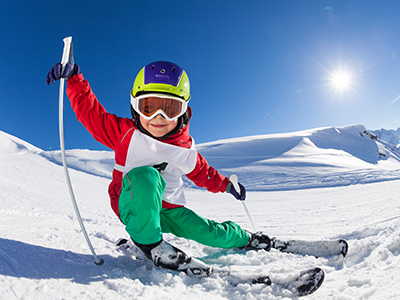 https://riseandshine.childrensnational.org/wp-content/uploads/2018/02/Little-skier-having-fun-at-sunny-snowy-day-feature.png
300
400
Rise and Shine
https://riseandshine.childrensnational.org/wp-content/uploads/2017/11/childrens_riseandshine_logo.jpg
Rise and Shine2024-01-10 07:00:072024-01-30 11:23:13Winter sports safety tips for kids
https://riseandshine.childrensnational.org/wp-content/uploads/2018/02/Little-skier-having-fun-at-sunny-snowy-day-feature.png
300
400
Rise and Shine
https://riseandshine.childrensnational.org/wp-content/uploads/2017/11/childrens_riseandshine_logo.jpg
Rise and Shine2024-01-10 07:00:072024-01-30 11:23:13Winter sports safety tips for kids



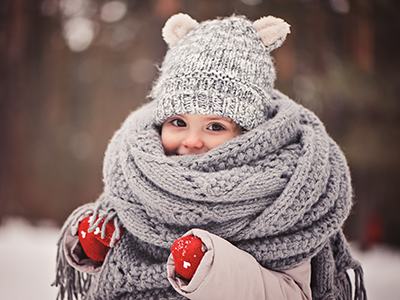
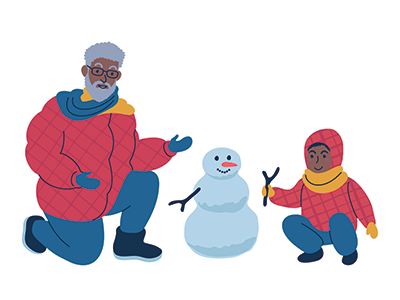


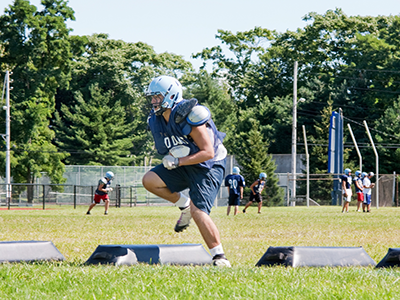

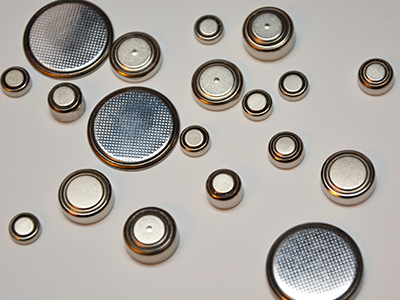
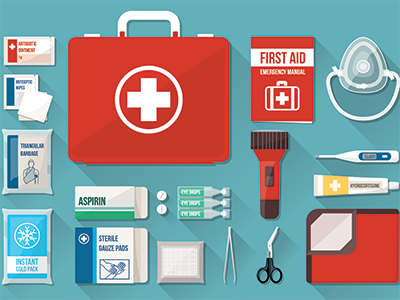
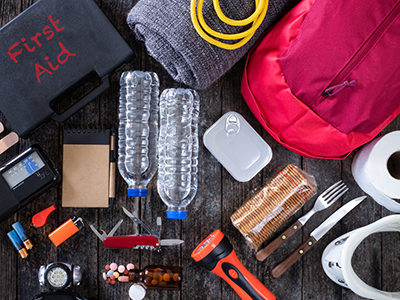

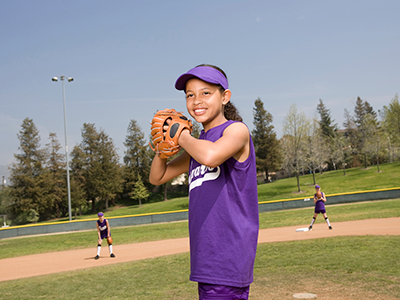

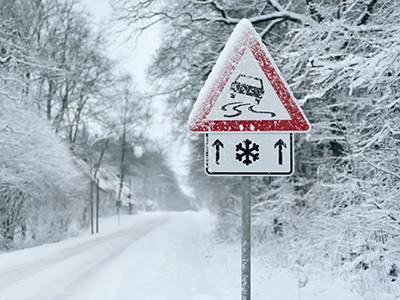



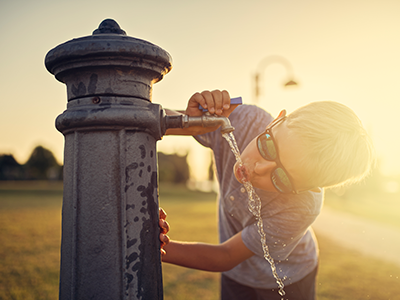

Leave a Comment
Want to join the discussion?Feel free to contribute!